Have you ever watched a cat silently groom itself after a stressful moment, while a dog continues to whimper or look for comfort? This fascinating difference is more than just a quirky personality trait—it’s rooted in how cats and dogs experience, process, and manage their emotions. For centuries, people have argued over which pet is “better,” but few realize how deeply self-regulated cats truly are. If you’re a cat lover, get ready to discover why your feline friend is a master of emotional balance, and why this makes them so uniquely captivating.
Evolutionary Origins Shape Emotional Independence

Cats and dogs evolved in dramatically different environments, which helped shape their emotional behaviors. Cats, as solitary hunters, had to rely on themselves for survival. Their ancestors stalked prey alone, meaning emotional self-control was essential to avoid unnecessary risks. In contrast, dogs descended from pack animals—wolves—who depended on social cues and cooperation for hunting and protection. This difference means cats are hardwired to manage their feelings internally, while dogs are more likely to seek reassurance from others when distressed. The result? Cats developed a calm, self-sufficient nature that shines through even today.
The Solitary Hunter’s Mindset

A cat’s hunting style is all about patience and calm. Imagine a lone feline in the wild, pausing quietly for hours before pouncing on a mouse. This solitary existence demanded emotional control. Any sign of anxiety or excitement would alert prey and ruin the hunt. This legacy of self-restraint didn’t disappear with domestication. Modern cats still exhibit the same poised patience, often withdrawing to a quiet corner to process stress rather than reacting outwardly. This makes them seem mysterious, but it’s simply the hunter within them staying cool under pressure.
Pack Instincts Fuel Dog Dependency

Dogs, on the other hand, are team players at heart. Their wolf ancestors thrived on teamwork, relying on each other for safety and success. When a dog feels anxious, it instinctively looks to its human or canine family for guidance and comfort. This pack mentality means dogs are more emotionally expressive and dependent. They bark, whine, or nuzzle when upset, expecting reassurance. While this makes dogs endearing companions, it also means they’re not as emotionally self-regulating as their feline counterparts.
Stress Responses: The Feline Freeze
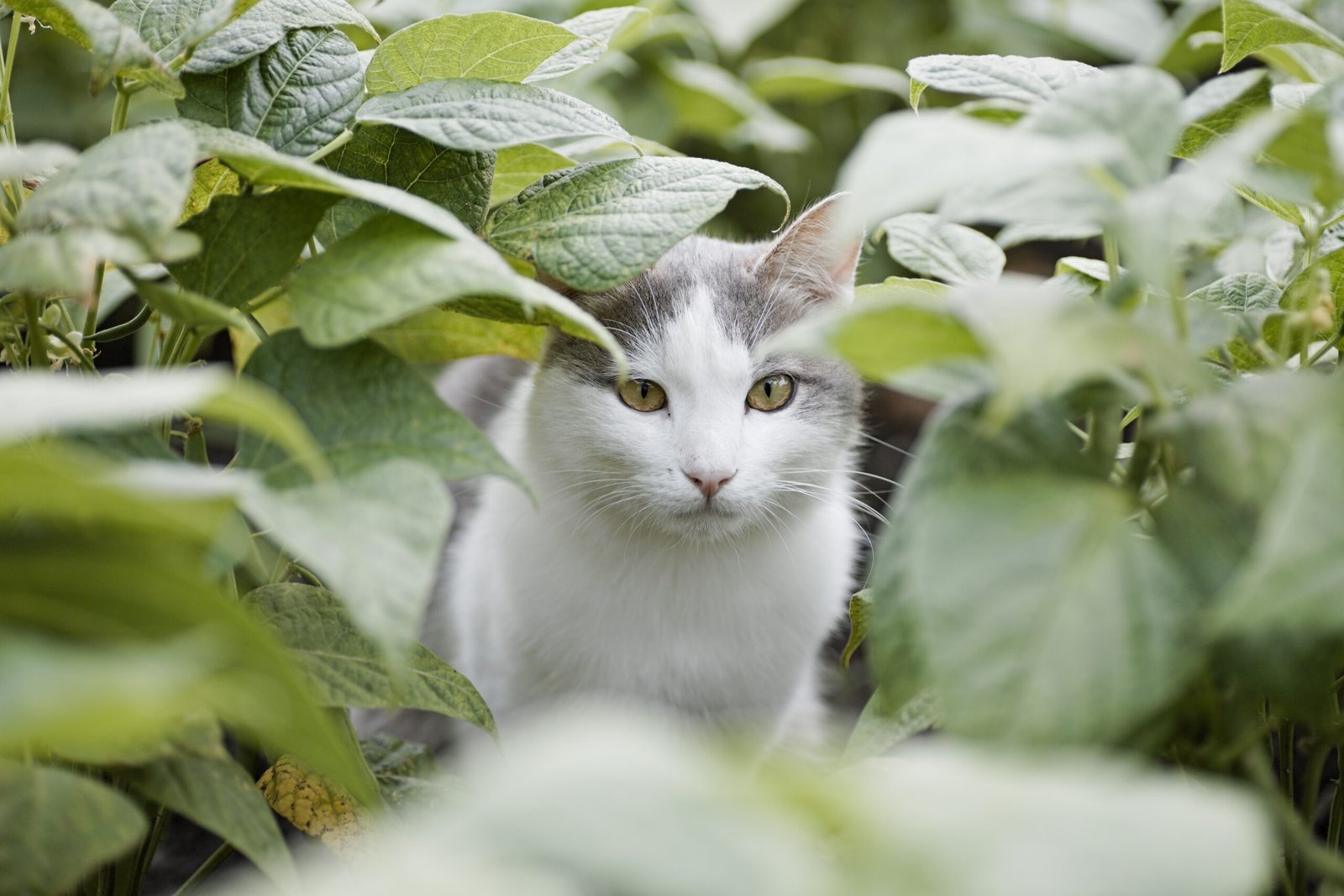
When faced with stress, cats often choose to freeze or hide rather than act out. This classic “fight, flight, or freeze” response is heavily weighted toward “freeze” in cats. If you’ve ever seen your kitty disappear under the bed during a thunderstorm, you’ve witnessed this in action. Unlike dogs, who might bark or seek attention, cats quietly wait for danger to pass, self-soothing in isolation. This instinct protects them from drawing attention to themselves in the wild, and it still guides their reactions at home.
Cats and Emotional Expression

Cats have a subtle way of showing their feelings. While dogs might wag their tails or jump with excitement, cats communicate in whispers—a slow blink, a gentle purr, or a flick of the tail. Their emotions are rarely on full display. Instead of seeking external comfort, a cat often manages its own distress. This understated emotional language reflects their self-regulating nature. Cat owners learn to read these signs, forming a quiet bond based on mutual respect and understanding.
The Power of Grooming Rituals
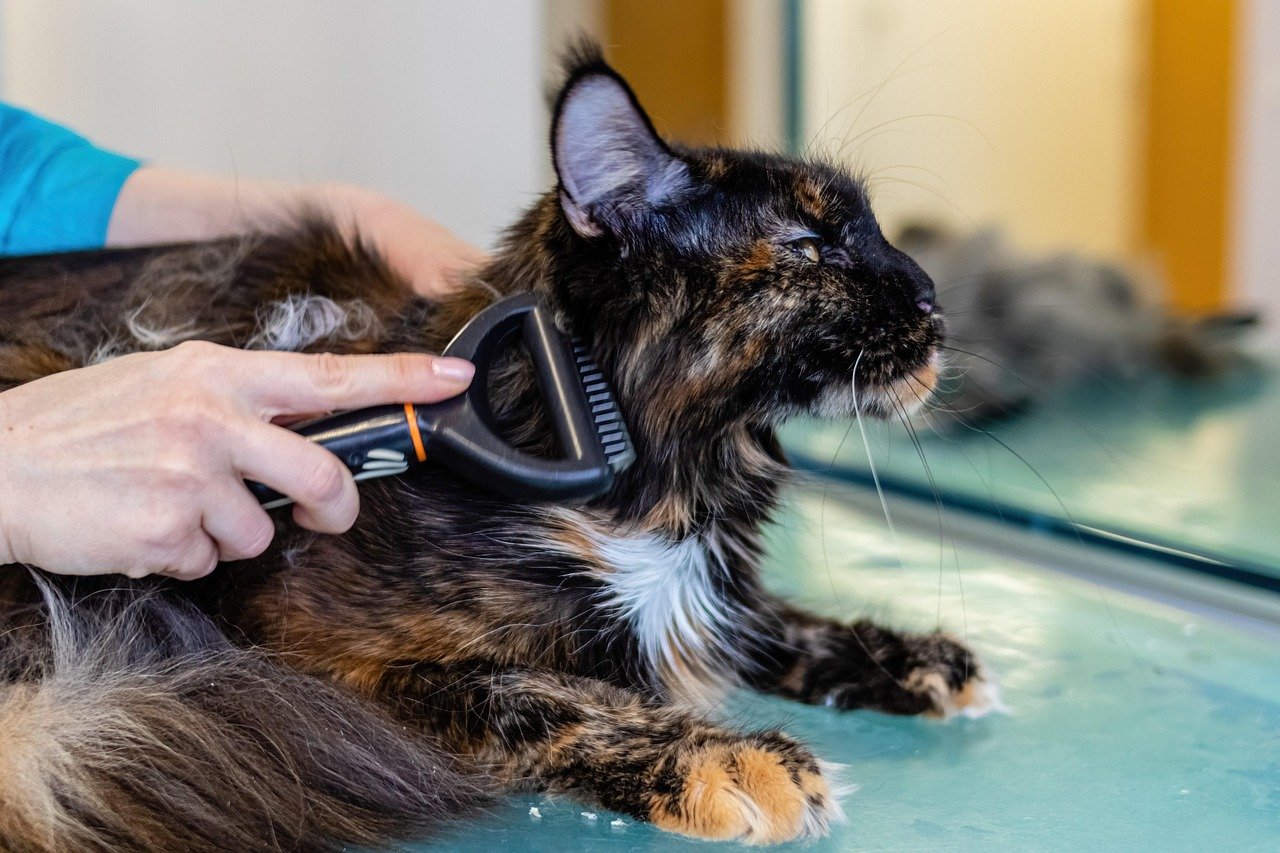
Ever noticed how cats groom themselves after a fright or during a stressful event? This isn’t just about keeping clean. Licking and grooming actually help cats calm down, almost like a personal meditation session. The repetitive motion releases soothing hormones, helping them regulate their emotions internally. Dogs, meanwhile, are more likely to look outward for support, seeking a cuddle or a treat. This difference in coping mechanisms is one of the clearest signs that cats are emotional self-regulators.
Alone Time: A Cat’s Secret Weapon
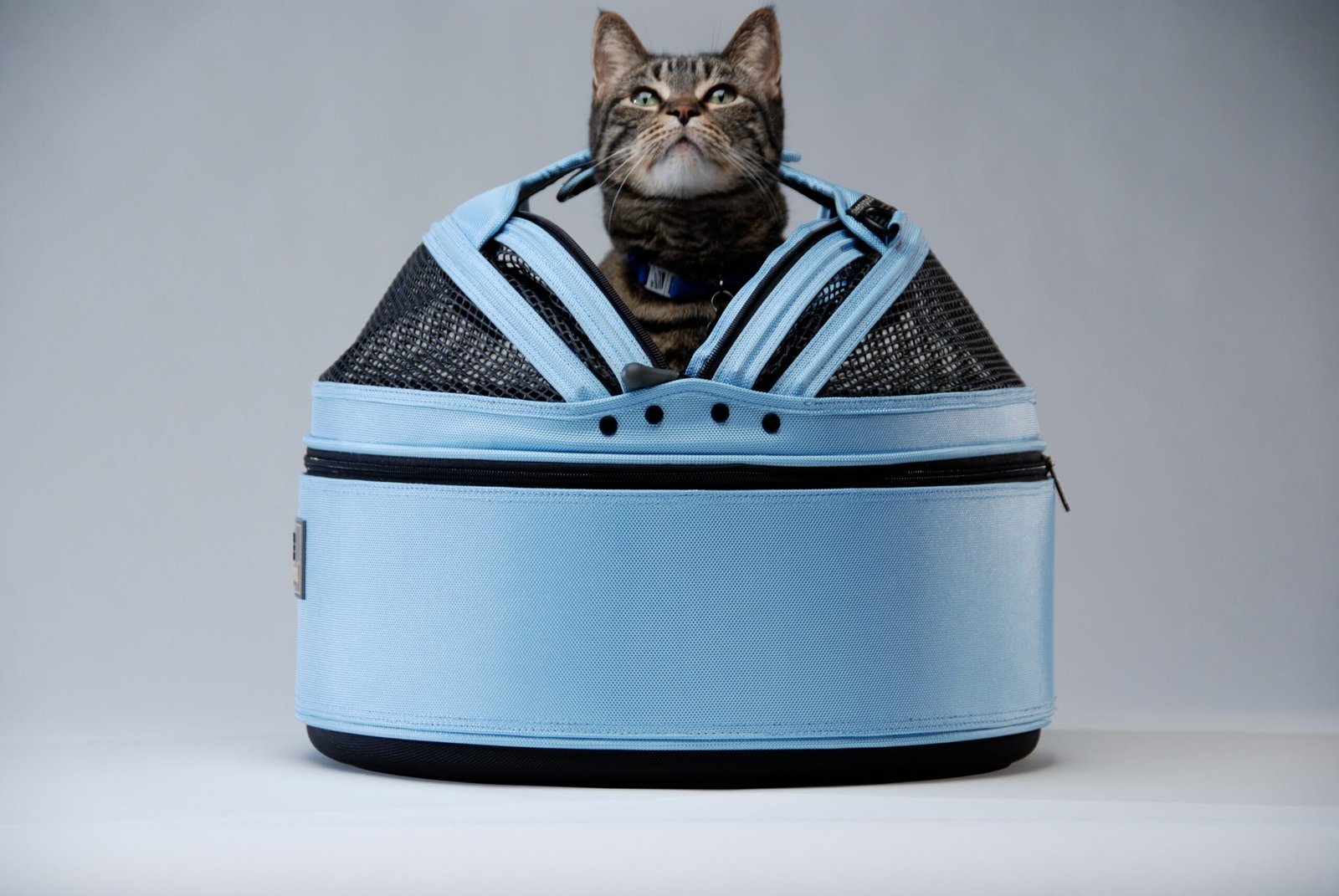
Unlike dogs, who often crave constant companionship, cats value their solitude. They seek out quiet spaces to unwind and recharge, especially when feeling overwhelmed. This preference for alone time isn’t a sign of aloofness—it’s a natural way to process emotions. When left to their own devices, cats recover from stress much faster. They don’t need others to help them feel better, relying instead on their own inner resources.
Attachment Styles: Secure Versus Dependent
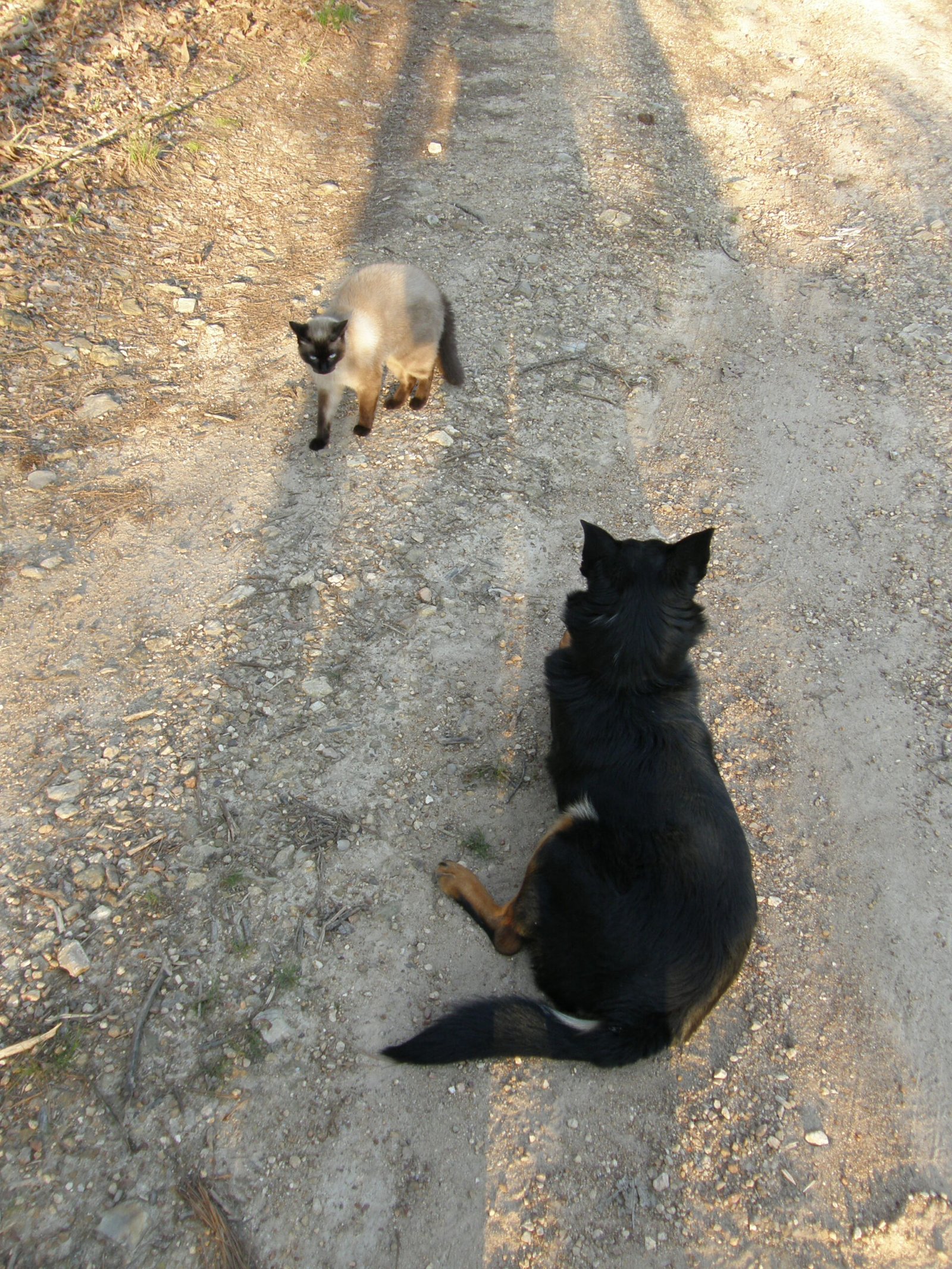
Research shows that cats develop secure attachments to their owners, but they don’t become overly dependent. They feel safe knowing you’re there, but they don’t need constant reassurance. Dogs, however, can develop anxious attachments if separated from their humans, leading to behaviors like barking, pacing, or even destructive chewing. This difference highlights how cats are able to regulate their emotions independently, maintaining a healthy distance even in close relationships.
Reacting to Change: Calm Versus Chaos

Big changes—like moving house or introducing a new pet—can be stressful for any animal. But cats tend to handle these situations with more emotional restraint. While a dog might bark, whine, or act out, a cat is more likely to withdraw, observe, and adapt quietly. Their calm approach helps them adjust to new circumstances without being overwhelmed by anxiety. It’s as if cats have an internal pause button, giving them the time to process change on their own terms.
Self-Soothing Behaviors in Cats
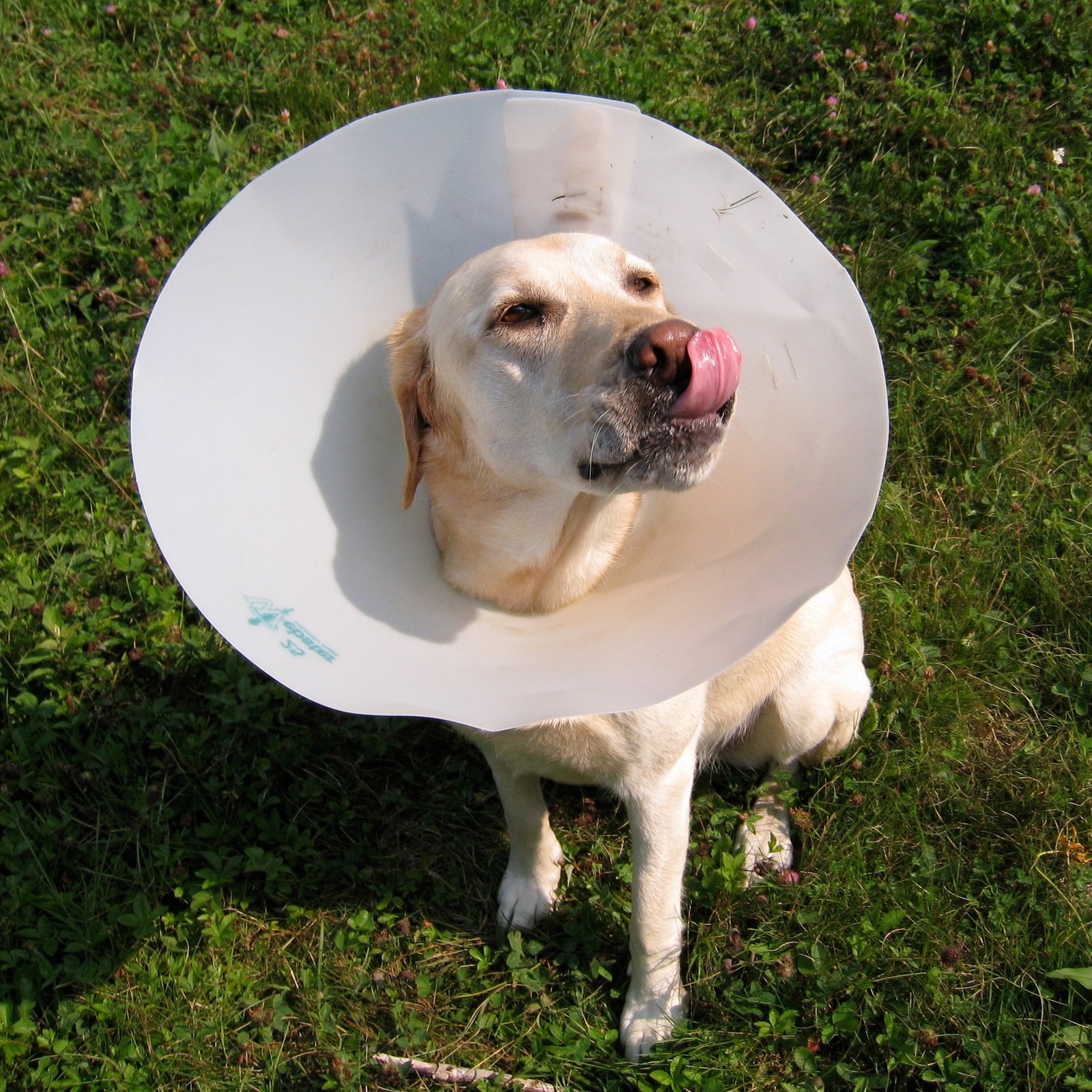
Cats are masters of self-soothing. Beyond grooming, they might knead soft blankets, curl up in a tight ball, or find a high perch to survey their territory. These comforting actions help regulate their mood and reduce stress. Dogs, meanwhile, are more likely to turn to their owners for reassurance, displaying behaviors like licking their humans or following them around. Watching a cat settle itself in a sunbeam after a scare is a beautiful reminder of their inner strength.
Emotional Resilience: Bouncing Back, Cat Style
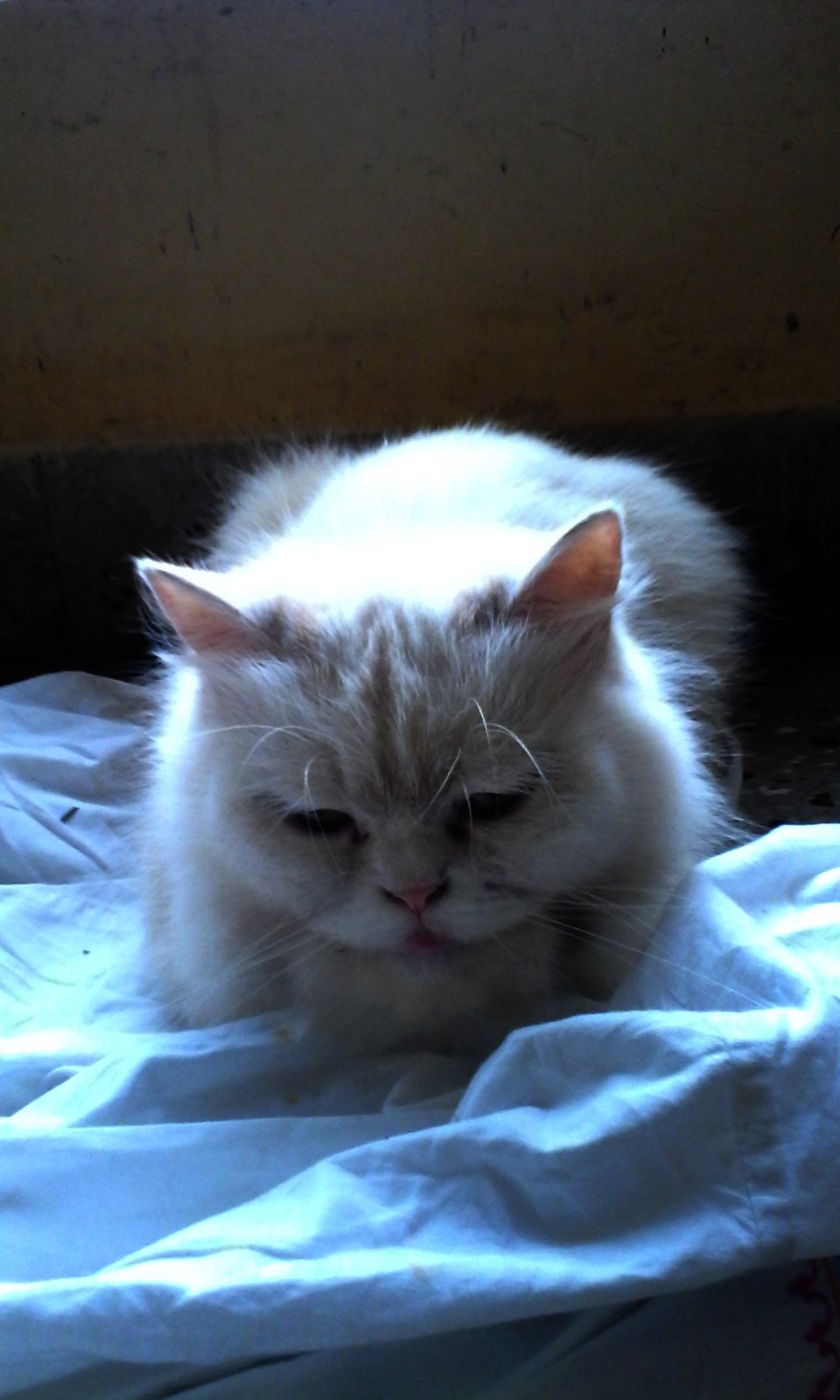
When faced with adversity, cats recover quietly and quickly. They may hide for a while, but soon return to their routines as if nothing happened. This resilience is a product of their self-regulating nature. While dogs might dwell on a frightening experience and require extra support to recover, cats simply shake it off. Their ability to bounce back without external help is one of the most admirable traits for anyone who values emotional independence.
Independence Versus Interdependence
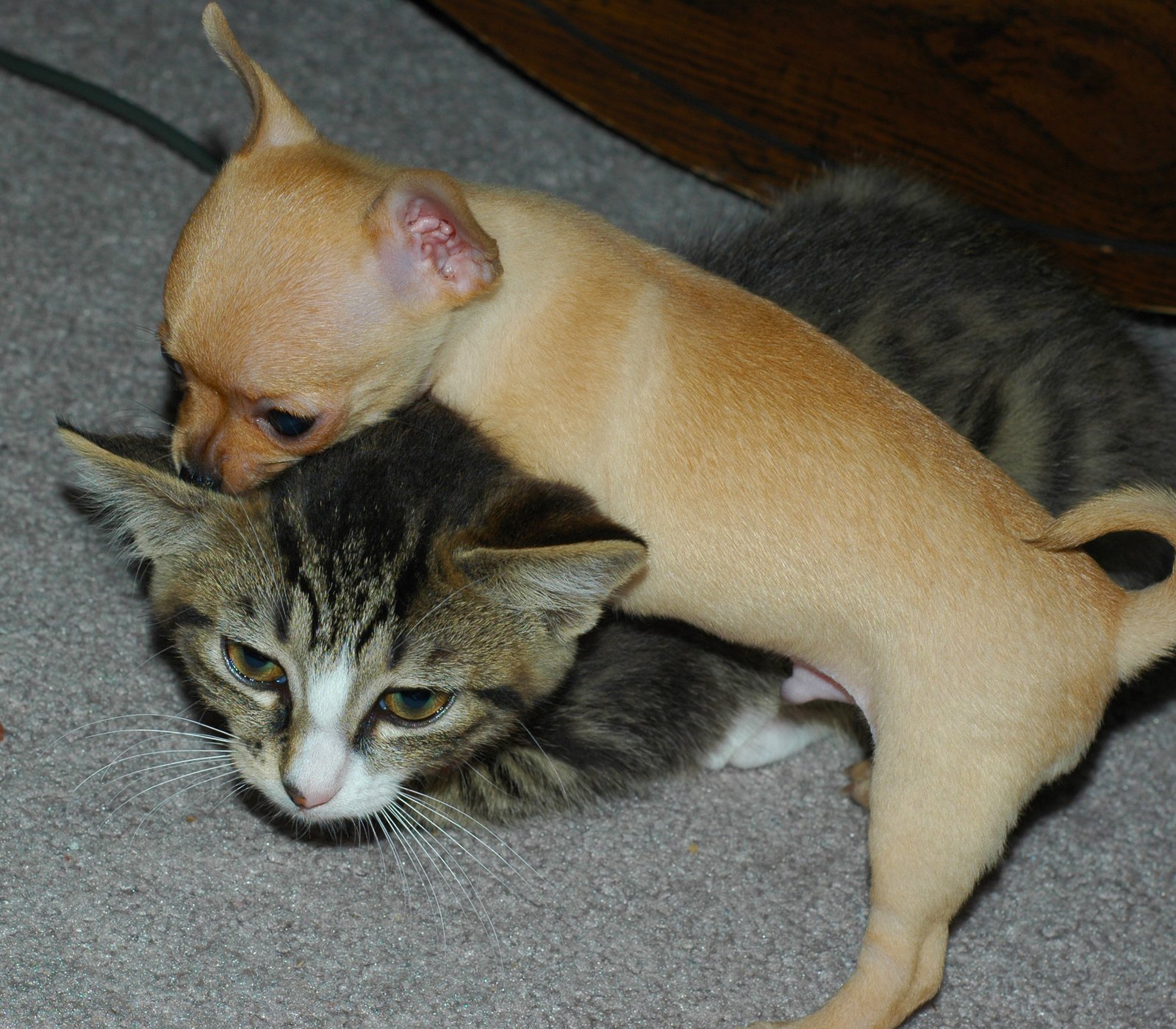
Cats are the poster animals for independence. They make decisions based on their own needs and are confident in their ability to manage life’s ups and downs. Dogs, by contrast, are more interdependent. Their happiness often relies on the mood and presence of their human companions. This fundamental difference explains why cats can be left alone for longer periods without becoming distressed, while dogs may develop separation anxiety.
The Role of Routine in Emotional Regulation

Cats thrive on routine—it’s their anchor in a sometimes chaotic world. By sticking to regular feeding times, play sessions, and nap schedules, cats create a sense of predictability that keeps them emotionally balanced. If something disrupts this routine, they quietly adjust, often seeking familiar spots or engaging in self-soothing behaviors. Dogs, on the other hand, may react more dramatically to changes in routine, showing their emotional reliance on structure and consistency set by their humans.
How Cats Handle Fear
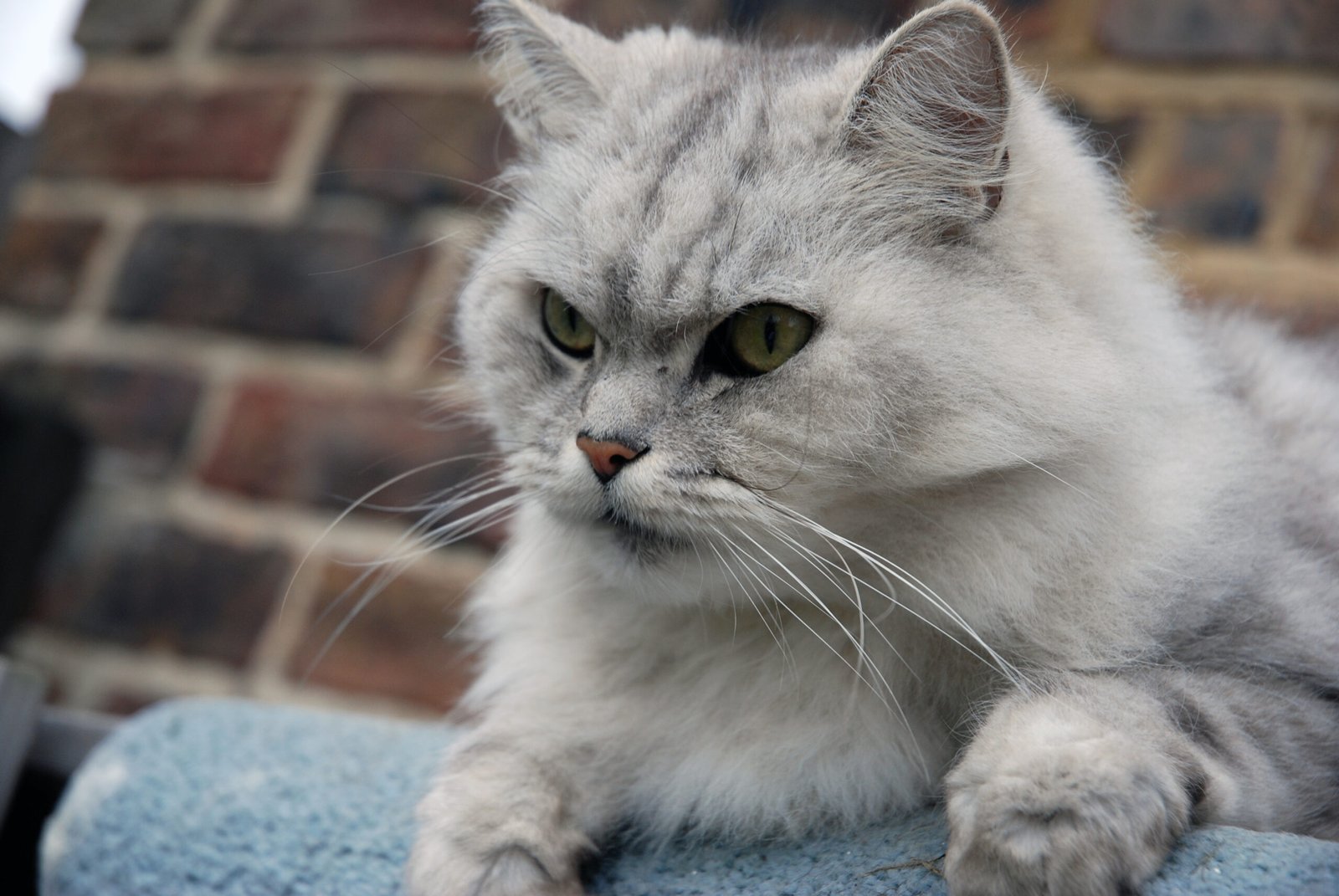
When a cat senses danger, it responds with caution and composure. Rather than panicking, cats assess the situation, choosing either to freeze, hide, or slowly retreat. This calculated response is designed to keep them safe without unnecessary drama. Dogs, however, may bark, run, or look to their owner for direction, sometimes escalating the situation. The cat’s measured approach to fear highlights its innate ability to manage emotions without outside intervention.
Socializing Styles: Quiet Observation
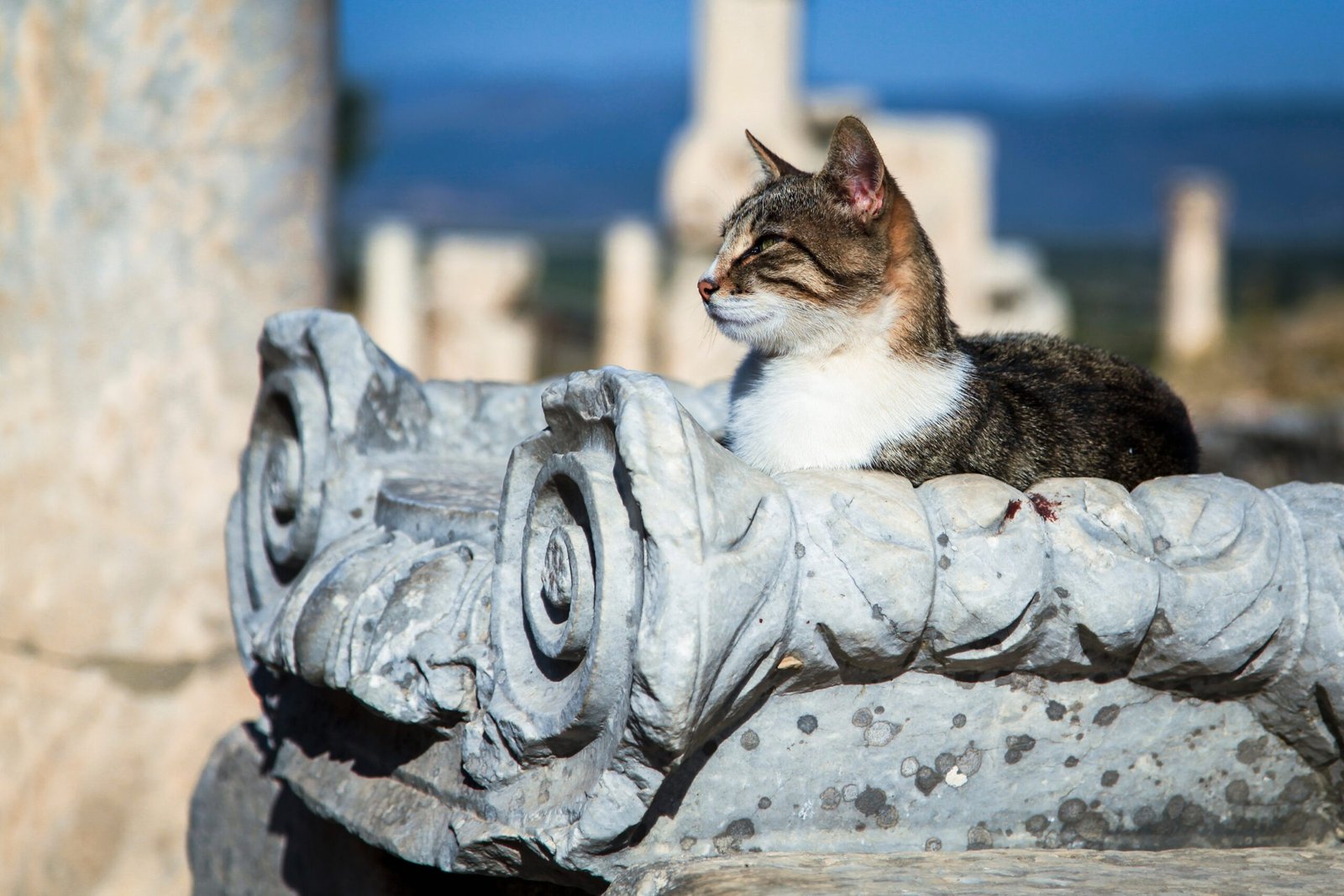
Cats are natural observers. In a group setting, they prefer to watch from the sidelines before joining in, if at all. This quiet approach reduces social stress and allows them to regulate their emotions before engaging. Dogs, on the other hand, often jump right in, sometimes becoming overwhelmed or overstimulated. The cat’s preference for slow, cautious socialization means they rarely get caught up in emotional chaos, maintaining a steady and serene outlook.
Physical Signs of Emotional Regulation

Cat owners quickly learn to recognize the subtle physical cues of a content or stressed feline. Ears, tail position, and even the twitch of a whisker can reveal a cat’s inner state. When upset, cats rarely lash out—instead, they retreat or groom, giving their bodies time to return to equilibrium. Dogs, in contrast, tend to express their feelings with more obvious body language, which can sometimes escalate rather than soothe their emotional state.
Emotional Detachment: Myth or Reality?
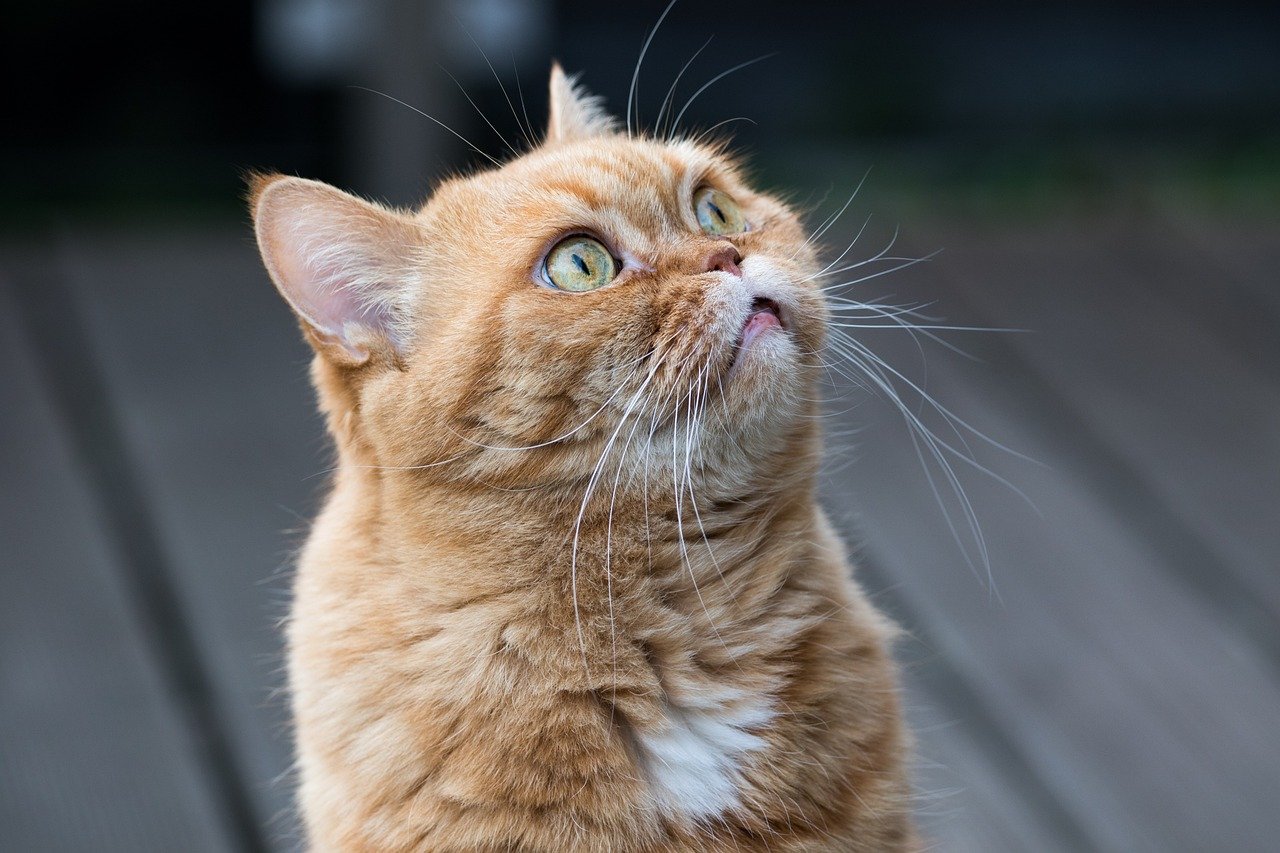
Some people believe cats are aloof or emotionally detached, but this couldn’t be further from the truth. Cats experience deep emotions—they just process them internally. Their self-regulating style means they don’t always display affection or distress openly. Instead, they show love in quiet ways, like choosing to nap beside you or offering a soft headbutt. Understanding this difference helps cat owners appreciate the depth of their pet’s emotional world.
Adapting to Human Emotions

Cats are sensitive to the emotional states of their humans, but they don’t mirror these emotions as closely as dogs. If you’re upset, your cat may quietly stay nearby, offering silent support without becoming anxious themselves. Dogs, however, often absorb their owner’s stress, becoming agitated or needy. This emotional boundary allows cats to remain stable and calm, providing a soothing presence rather than amplifying household tension.
Handling Loneliness: Cats Versus Dogs

When left alone, cats typically cope much better than dogs. They use the time to rest, explore, or engage in quiet play. This self-sufficiency reduces the risk of separation anxiety, a common issue in dogs. While your cat may enjoy your company, it doesn’t depend on you to feel emotionally secure. This trait makes cats ideal companions for people with busy lives or unpredictable schedules.
Emotional Intelligence in Felines

Cats possess a unique form of emotional intelligence that allows them to navigate complex environments with grace. They read situations carefully, adjust their behavior to suit their surroundings, and rarely overreact. This calm adaptability is a direct result of their self-regulating nature. While dogs excel at reading and responding to human emotions, cats focus on maintaining their own emotional balance first.
The Unique Bond Between Cats and Their Humans

The relationship between a cat and its owner is built on mutual respect and understanding. Cats choose when to seek affection and when to be alone, trusting that their humans will honor their boundaries. This respectful dynamic fosters a deep, meaningful connection—one that’s based not on dependency, but on shared emotional strength. For cat lovers, there’s nothing more rewarding than knowing your pet trusts you enough to manage its own emotions, while still choosing to share its life with you.
Hi, I’m Bola, a passionate writer and creative strategist with a knack for crafting compelling content that educates, inspires, and connects. Over the years, I’ve honed my skills across various writing fields, including content creation, copywriting, online course development, and video scriptwriting.
When I’m not at my desk, you’ll find me exploring new ideas, reading books, or brainstorming creative ways to solve challenges. I believe that words have the power to transform, and I’m here to help you leverage that power for success.
Thanks for stopping by, Keep coming to this website to checkout new articles form me. You’d always love it!






